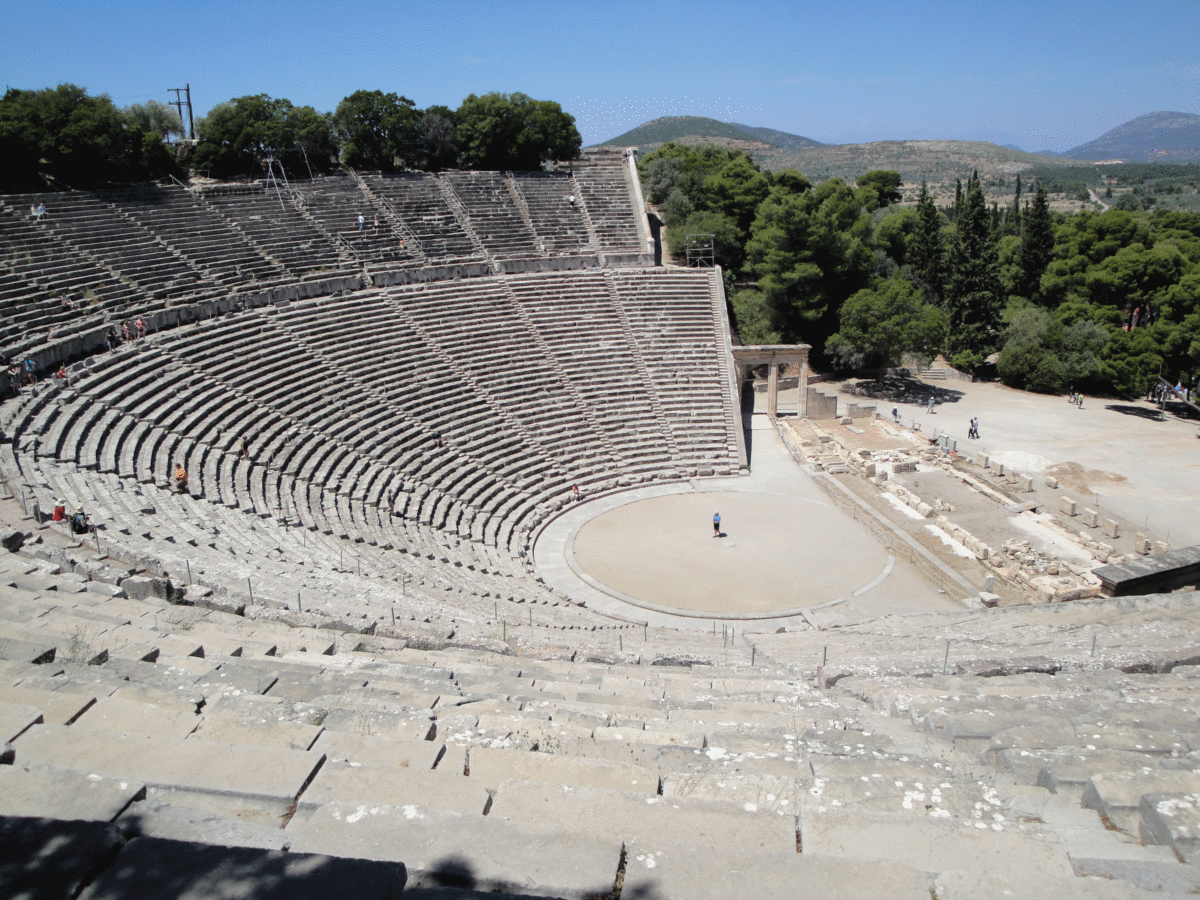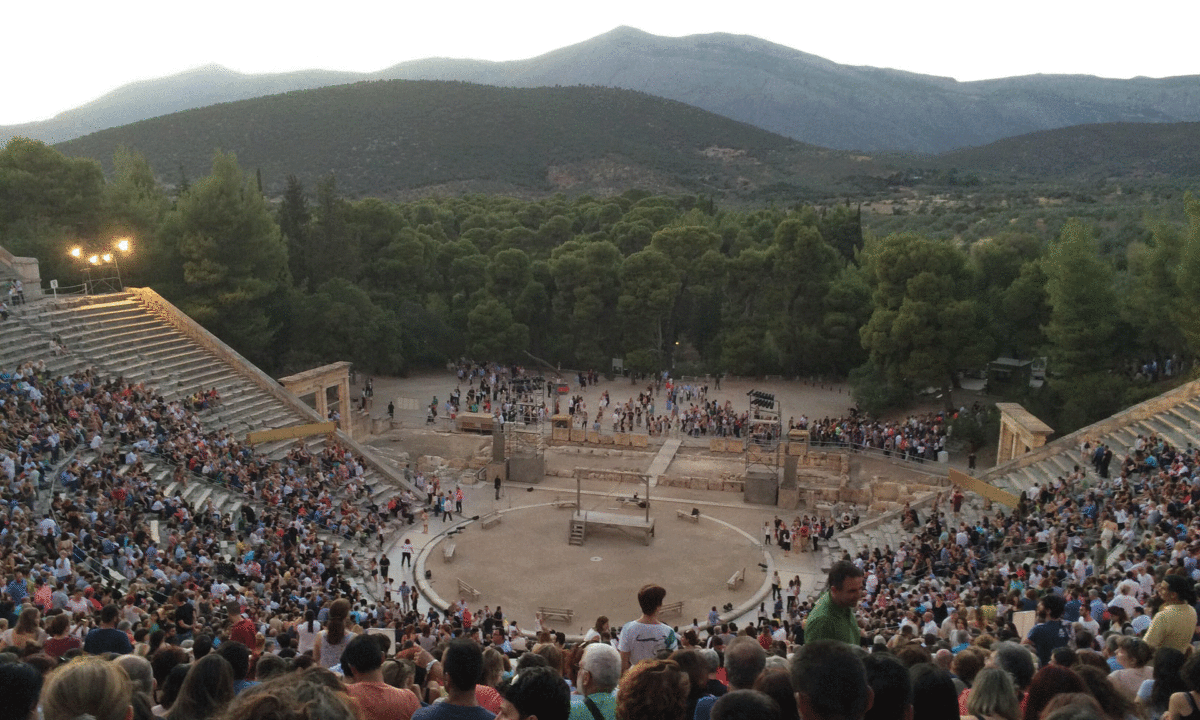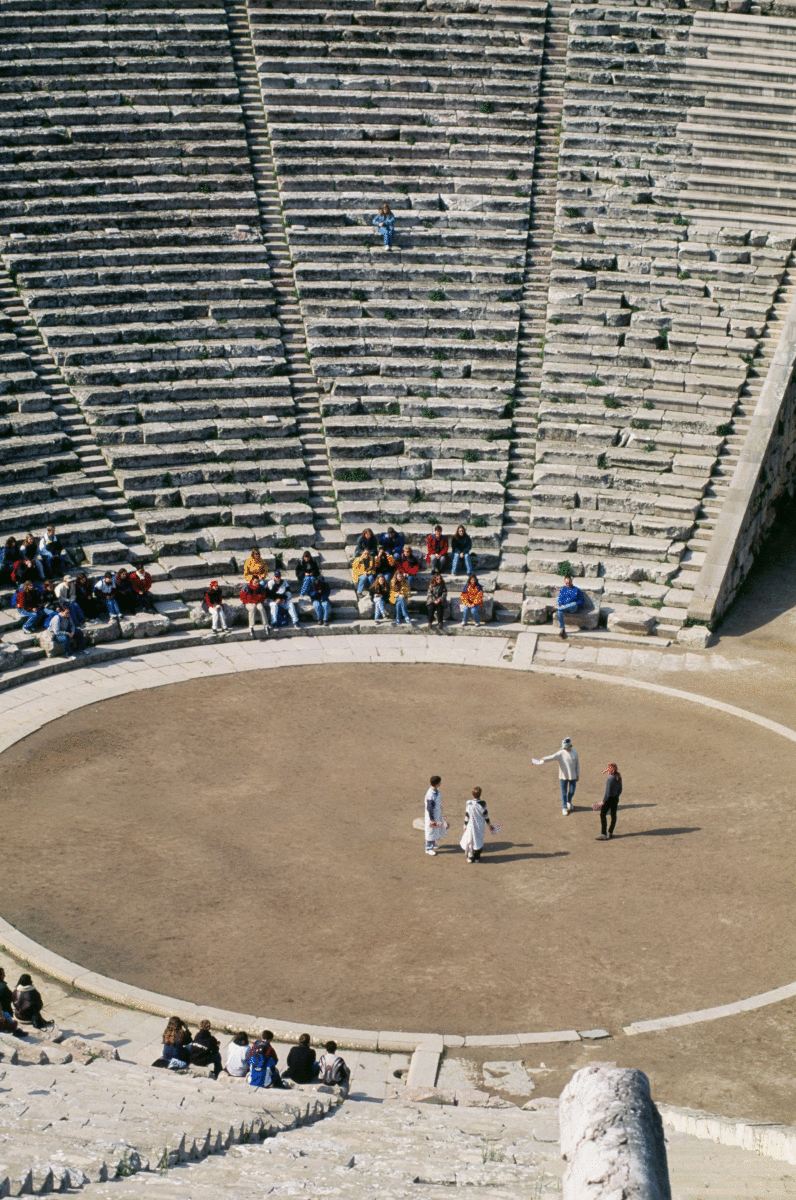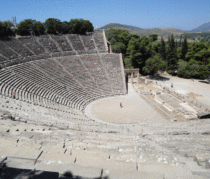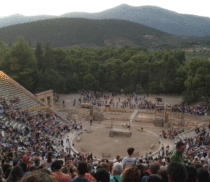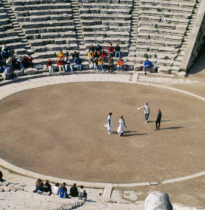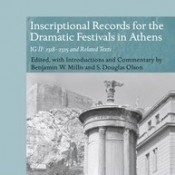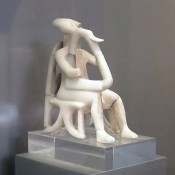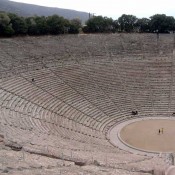Researchers who have examined the famous acoustics of the ancient theatre of Epidaurus say they are not as stunning as it is claimed.
The ancient theatre of Epidaurus in Greece dates to the 4th century BC and has a capacity of 14,000 spectators. Its sound quality has been admired since the audience is said to be able to hear a pin drop or a match being struck at any seat, no matter how close or far to the orchestra.
A new research, however, suggests that this is not the case. After having conducted experiments Constant Hak, assistant professor at the Eindhoven University of Technology and co-author of the research, and his colleagues tested the allegations about the acoustics. They used 20 microphones and two loudspeakers to make approximately 2,400 recordings. The data they collected were used to calculate sound strength at different points in the theatre. Also, they used laboratory recordings of sounds, such as a coin being dropped, paper tearing and a person whispering and played them to participants changing the volume level until they could hear them over background noise. The results of their analyses showed that although some sounds could be heard all the way to back seats they were not quite discernible as to what they were, while a whisper could be heard only in the front seats.
Experiments with voice recordings played through the loudspeakers showed that the actors’ words would be heard in the seats furthest from the orchestra only when they spoke up loudly. According to Dr Bruno Fazenda, of the Acoustics Research Centre at the University of Salford, ancient Greek actors were experts at projecting the voice, so this would thus have been overcome.
However, according to Armand D’Angour, associate professor of classics at the University of Oxford, the research reveals the state of the acoustics today, which does not necessarily shed light on the past. For instance, he said, Greeks might have used special devices, such as hollow vessels placed at strategic locations, to amplify sound. Damian Murphy, professor of sound and music computing at the University of York, added that the experience for ancient theatregoers was not only about the acoustics, something that modern minds might find hard to grasp; it was mostly about being there.
The research has caused some reaction, especially by the Hellenic Institute of Acoustics (HELINA), which issued an announcement on Thursday that based on scientific study and analyses the fame of the acoustics at the theatre of Epidaurus is well deserved. They said that the acoustics of the theatre fulfilled the purpose of delivering a performance to an audience of more than 10,000 people, reproducing intelligible speech to the farthest seats in the audience, as far as 60 metres from the orchestra. This in antiquity might have been achieved through voice projection with the aid of theatrical masks and devices in the scenery building. However, even in the present day, the announcement said, this was achieved and proven by studies curried out by HELINA and other colleagues from abroad. A recent study even showed that the acoustics of the theatre didn’t change even if the audience was quiet.
The results of the research were published in series of conference papers which also involved experiments at the Odeon of Herodes Atticus in Athens and the theatre of Argos.
